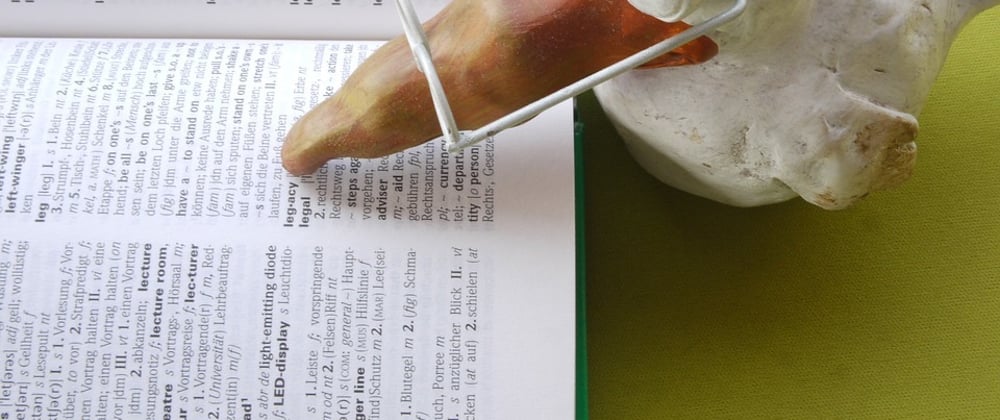In Python, a dictionary is a key-value mapping. Every value is mapped to one key. A dictionary can have zero or more elements.
The dictionary below has 3 pairs, each pair has one value. 'a' is mapped to 1, 'b' is mapped to 2, 'c' is mapped to 3.
d = {'a': 1, 'b': 2, 'c': 3}
You can loop over a dictionary using a for loop.
This works differently in Python 3 and Python 2. If you are still using Python 2, I recommend switching over to Python 3.
For Python 3.x:
for key, value in d.items():
For Python 2.x:
for key, value in d.iteritems():
For dict example
This Python 3 example loops over the dictionary d and outputs the key value pairs from beginning to last. Keep in mind that a dictionary is not required to keep its order.
d = {'a': 1, 'b': 2, 'c': 3}
for key, value in d.items():
print(key)
print(value)
If you only want the keys, you can use this code:
for key in d:
print(key)
To use the value without the key, just ignore the key value in:
d = {'a': 1, 'b': 2, 'c': 3}
for key, value in d.items():
Related links:







Top comments (1)
You can use values() instead of items() if you don't need the keys.